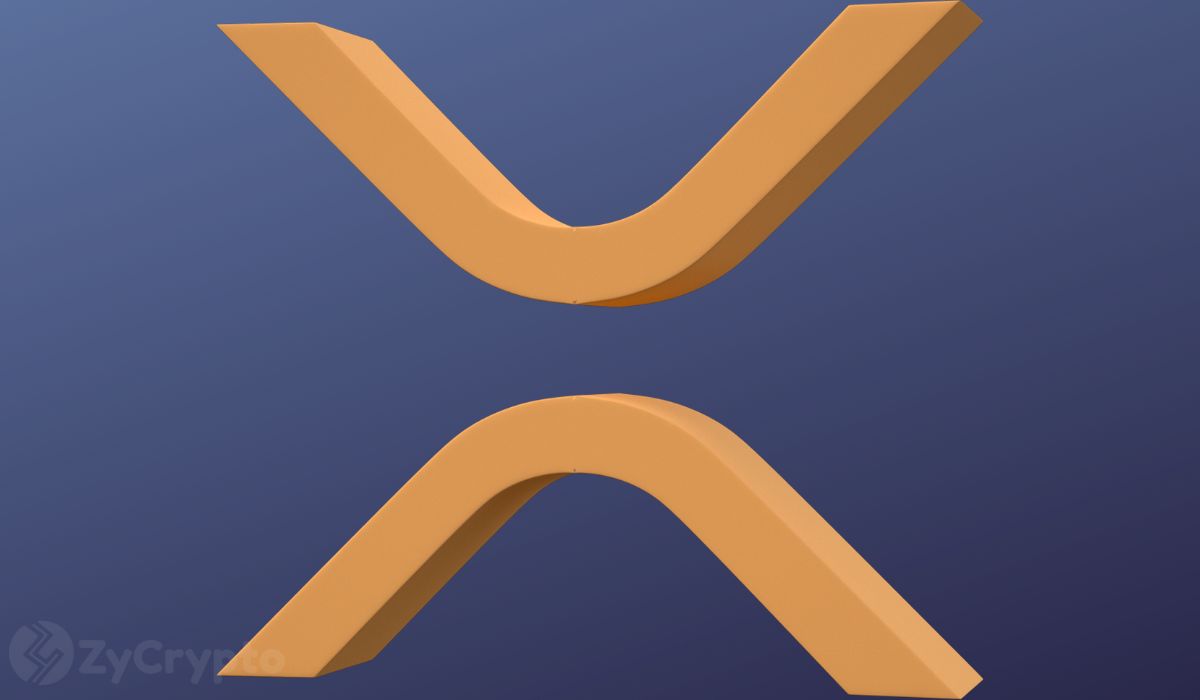ARTICLE AD BOX

Are you puzzled by how Ethereum prices seem to dance with the rhythm of futures contracts? A recent surge in cryptocurrency trading has propelled Ethereum futures into the spotlight.
This article peels back the layers to reveal how these financial instruments can sway the value of your digital assets. Stick around – it’s simpler than you think!
Key Takeaways
- Futures contracts are deals to buy or sell Ethereum at a future date, affecting its price.
- The contango effect can lead to higher future prices for Ethereum than the current price.
- Global economic conditions like inflation can change how people use Ethereum futures.
- Comparing Ethereum’s futures market with other cryptocurrencies shows different trends and investor types.
- For smart trading, it’s key to watch market makers and how they adjust their positions in response to the economy.
Understanding Futures Contracts
Futures contracts are agreements to buy or sell an asset at a specified price on a future date, providing traders with the ability to hedge against price fluctuations. The contango effect, where future prices are higher than spot prices, can impact Ethereum futures contracts and their role in the market.
Definition of futures contracts
A futures contract is a deal to buy or sell something at a set price on a future date. Investors use these contracts to lock in prices and hedge against the risk of price changes. These agreements are standard tools for market movements, including those involving cryptocurrencies like Ethereum.
Traders rely on technical indicators and analysis to predict how Ethereum’s price will fluctuate due to these contracts. They use futures to bet on the cryptocurrency’s value, which can push its price up or down.
Futures play a big role in setting expectations about where Ethereum’s price might be going.
Role of futures contracts in the market
Futures contracts play a crucial role in the market by allowing investors to lock in asset prices at a future date. They serve as a risk management tool, enabling participants to hedge against price fluctuations.
The availability of futures contracts also provides liquidity and price transparency in the market, attracting both institutional and retail investors.
Moreover, futures contracts help in price discovery by reflecting market expectations and sentiments. They provide valuable insights into future asset prices based on supply and demand dynamics, influencing investment decisions and overall market stability.
Contango effect and its impact on futures contracts for Ethereum
The contango effect can impact Ethereum futures contracts, leading to higher future prices than the current spot price. This occurs when market participants anticipate increased demand for Ethereum in the future due to various factors like inflation expectations or market dynamics.
As a result, investors may use futures contracts to hedge against potential price increases and secure favorable positions in anticipation of rising Ethereum prices.
Analyzing the contango effect is crucial for understanding how it influences Ethereum futures contracts and their pricing dynamics. By closely monitoring this phenomenon, traders can make informed decisions about their positions and effectively navigate the complexities of the cryptocurrency futures market.
Relationship Between Ethereum Price and Futures Contracts
Futures contracts significantly impact Ethereum’s price dynamics, with global economic conditions playing a crucial role in shaping the futures market for this cryptocurrency.
Comparing Ethereum with other major cryptocurrencies in the futures market can provide valuable insights into its pricing behavior and market trends.
Analyzing the influence of futures contracts on the Ethereum price
Futures contracts play a pivotal role in influencing Ethereum’s price dynamics. Market indicators analysis reveals how the trading activity in futures contracts can impact Ethereum’s valuation, leading to significant price fluctuations.
Additionally, understanding the perpetual futures contract funding rate helps predict price movements, enabling traders to make informed decisions and hedge against inflation.
Cryptocurrency futures contracts introduce volatility into the market as market makers strategically navigate neutral trading positions. Analyzing the influence of global economic conditions on Ethereum’s futures contracts provides insights into how external factors shape its price trajectory compared to other major cryptocurrencies in the ETF market dynamics.
Impact of global economic conditions on futures contracts for Ethereum
Global economic conditions heavily influence Ethereum futures contracts. Economic volatility can lead to increased demand for Ethereum futures as investors seek to hedge against inflation and currency devaluation.
For instance, during periods of uncertainty or high inflation, the demand for Ethereum futures may surge as they offer a way to protect against potential losses in traditional markets.
Market makers utilize technical analysis techniques to predict price movements based on global economic factors. They strategically adjust their positions in response to these conditions which impacts the liquidity and pricing of Ethereum futures contracts.
Comparison of Ethereum with other major cryptocurrencies in the futures market
Ethereum’s performance in the futures market often contrasts with that of other major cryptocurrencies. This table summarizes key differences and comparisons:
| Cryptocurrency | Market Capitalization | Futures Contracts Volume | Price Volatility | Typical Futures Market Participants |
| Ethereum (ETH) | High | Significant | High | Institutional and Retail Investors |
| Bitcoin (BTC) | Highest | Extremely High | Comparatively Lower than ETH | Mainly Institutional Investors |
| Ripple (XRP) | Moderate | Moderate | Moderate to High | Mixed, with More Retail Participation |
| Litecoin (LTC) | Lower | Lower | High | Retail Investors |
| Bitcoin Cash (BCH) | Lower | Low | High | Retail and Some Institutional Investors |
Ethereum attracts a significant volume of futures trading, reflecting both its high market cap and volatility. By comparison, the leading cryptocurrency, Bitcoin, commands the most attention from institutional investors with an extremely high futures contracts volume. Other cryptocurrencies like Ripple, Litecoin, and Bitcoin Cash see varying levels of engagement in the futures market, often with a larger retail investor base. Ethereum’s futures market, therefore, serves as an important gauge for investor sentiment and market dynamics among its peers.
Conclusion
In conclusion, understanding the relationship between Ethereum price and futures contracts is crucial for investors. The influence of global economic conditions on Ethereum futures contracts requires careful analysis.
One can effectively navigate the complexities of cryptocurrency futures contracts by studying market maker strategies and predicting price movements. As Ethereum continues to evolve in the futures market, evaluating contract topology and hedging against inflation becomes increasingly significant for informed decision-making.
.png)
 9 months ago
3
9 months ago
3








 English (US)
English (US)